CSS PAST PAPERS DESCRIPTIVE
I still remember my first glimpse at the CSS syllabus. It felt like staring at a mountain, too huge to climb. Everyone told me to “just start reading past papers,” but no one explained what they were or how to even use them. That’s why I want to write this—so it feels less like wandering blind through a jungle of PDFs and more like walking with a map.
CSS descriptive papers are the heart of the exam. They are the written papers, the ones where you think, write, and bleed ink for three hours straight. Twelve papers in total. Six are compulsory and Six are optional. People often underestimate how much they reveal—about you, your mind, and your grit. Each paper holds a hundred marks. Seven or eight questions stare at you on the day, and you choose four. Simple on paper, terrifying in real life.
Let me walk you through the compulsory subjects first. They’re the same for every aspirant, like a shared battlefield.
Past Papers Compulsory Subjects
The compulsory subjects feel like the spine of CSS, solid and unyielding. Six papers, each worth a hundred marks, testing language, logic, history, religion, and current events. The essay looms like a storm, while precis slices through your grammar. General Science and Ability jolts you with puzzles, and Current Affairs keeps you chasing headlines. Pakistan Affairs pulls you through history, and Islamiat quietly demands balance and depth. They shape you, test you, and reveal if you’re truly ready.
Past Papers Optional Subjects
Optional subjects shape your CSS attempt like nothing else. You pick six from a wide pool — Political Science, International Relations, History, Sociology, Psychology, Journalism, Anthropology, Criminology, and many others. This choice often decides how smooth or brutal your journey becomes.
Some subjects have a reputation for scoring well in certain years, then suddenly dipping. Others stay stable but demand huge effort. I’ve seen friends gamble on “high-scoring” subjects and regret it. I’ve also seen quiet candidates pick what they genuinely liked — and top the list.
If you want to see which subjects have been scoring high lately, I’ve made a complete analysis here:
🔗 CSS Optional Subjects Trends
And if you’re stuck choosing, this guide will save you from endless confusion:
🔗 How to Choose CSS Optional Subjects
Looking back, past papers aren’t just dusty archives. They’re roadmaps full of clues. Each year’s paper whispers what the examiner values. Sometimes it’s clarity, sometimes originality, sometimes sheer stubborn effort. When I realized this, they stopped scaring me. They became companions—silent, demanding, strangely comforting.
Maybe that’s how they should feel for you too. Not just buttons to click, but stories of those who sat where you will sit. Their struggles etched in question ink. Yours will be too.
How to Use These Past Papers
Don’t just collect them. Treat them like sparring partners. Solve at least two full papers a week under timed conditions. Afterward, compare your structure to model answers or top scorer scripts. Mark repeated themes, highlight tricky questions. This habit builds speed, clarity, and calm.
Final Thought
These past papers are not just old files. They carry the struggle of every aspirant who sat where you will sit. Use them to sharpen your mind and test your patience. Let them scare you a little. That fear keeps you sharp.
